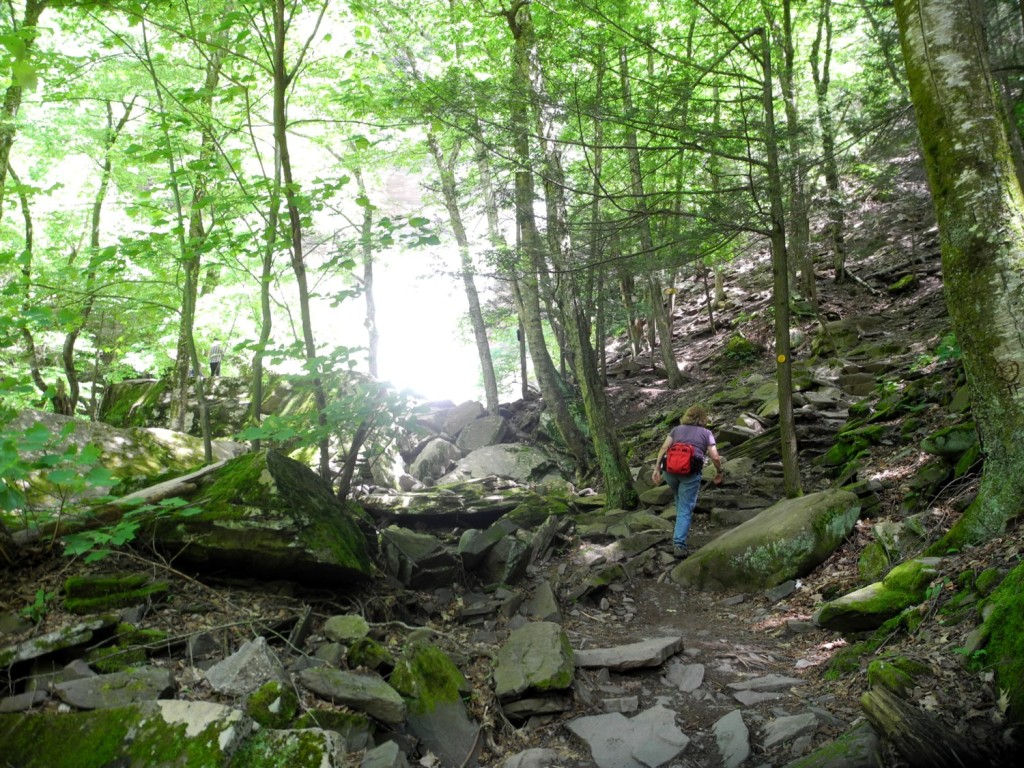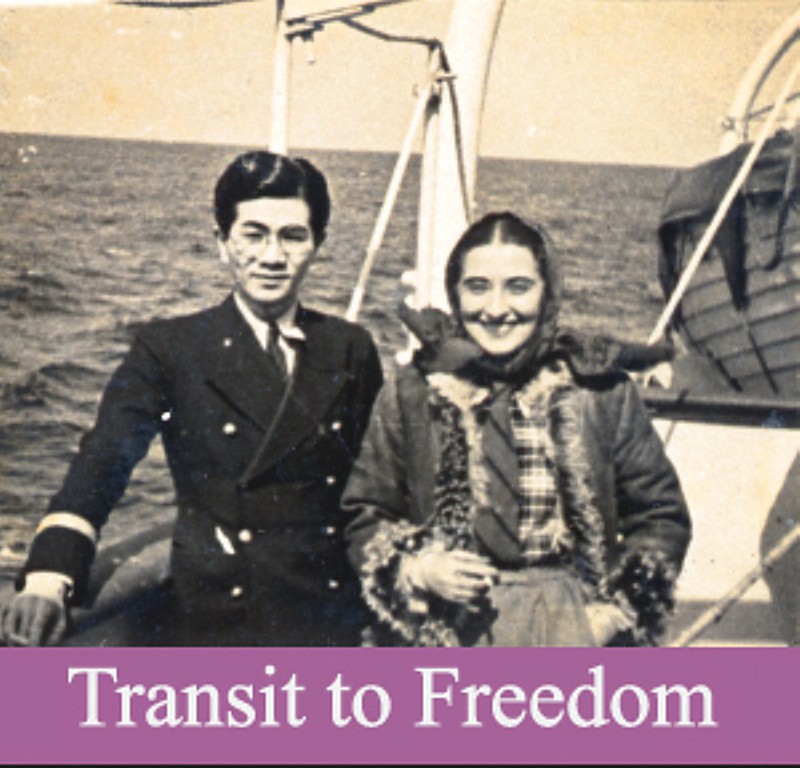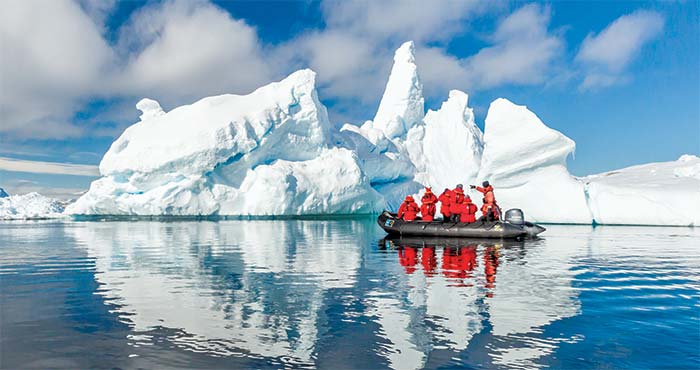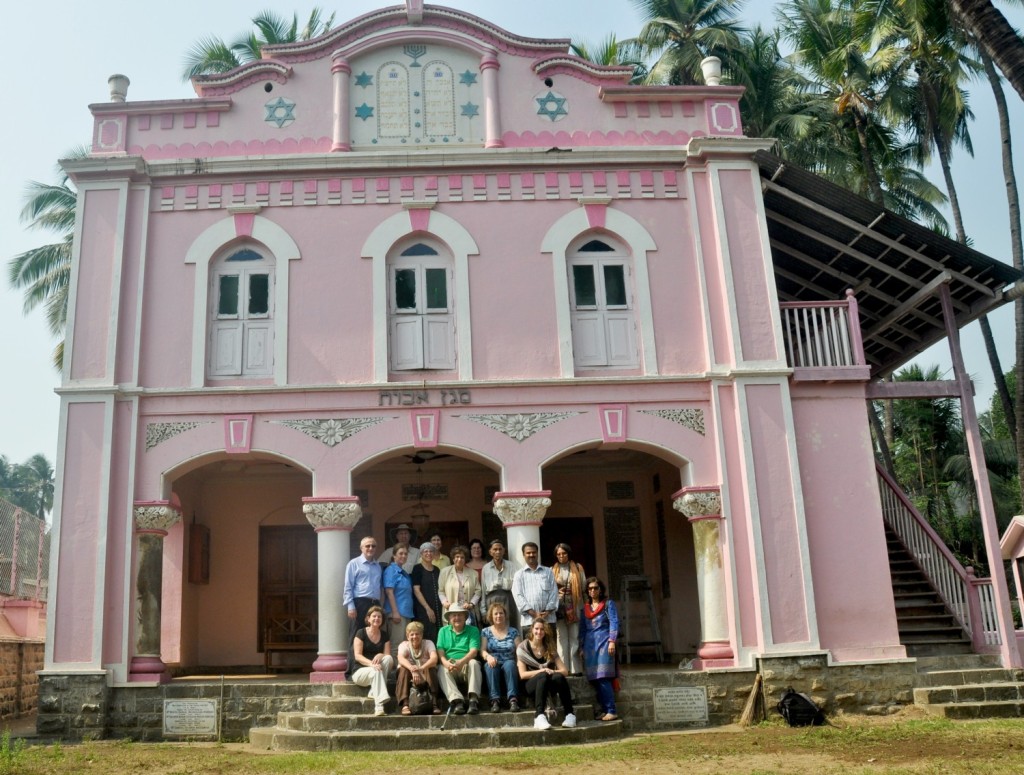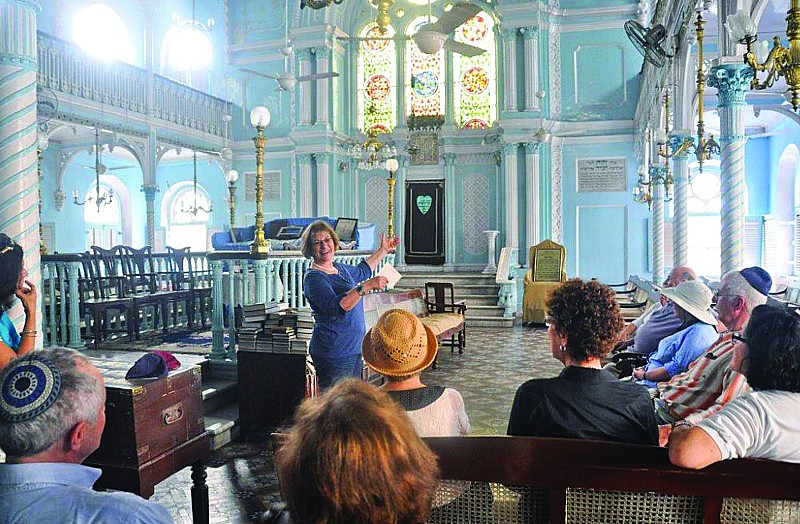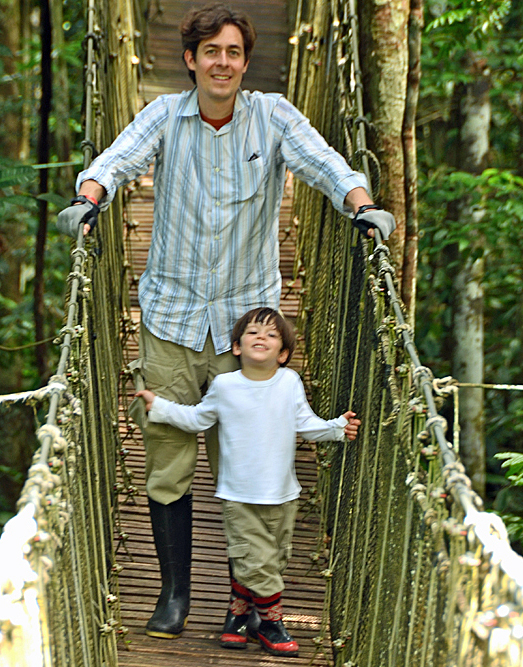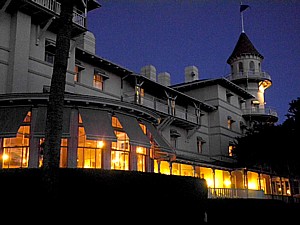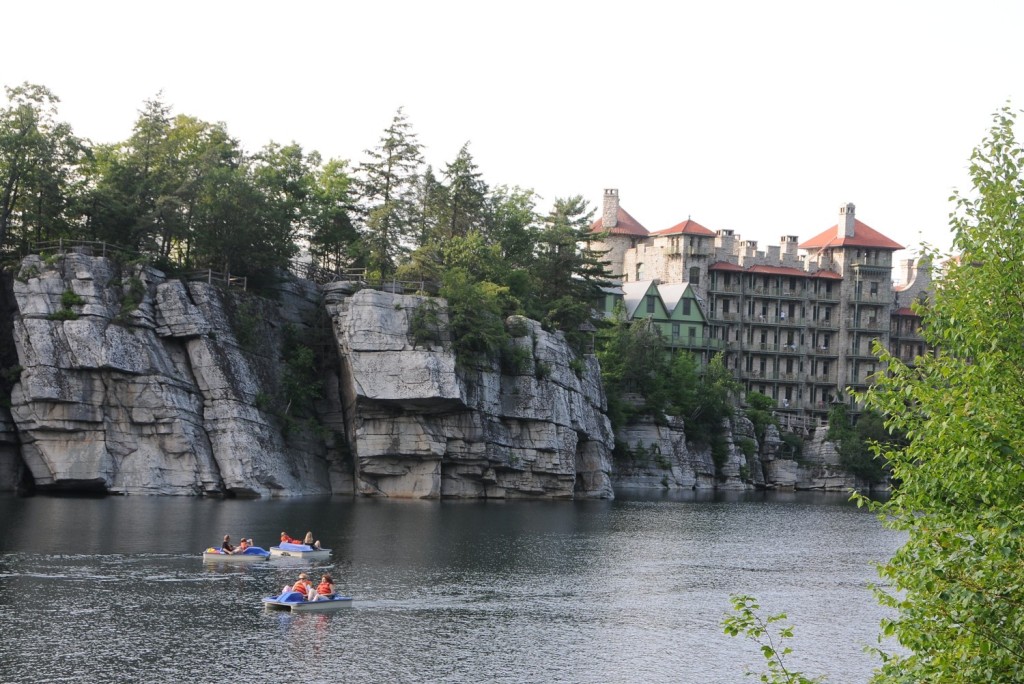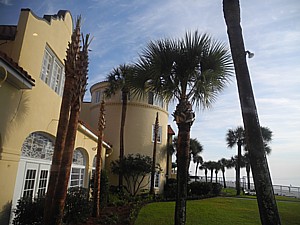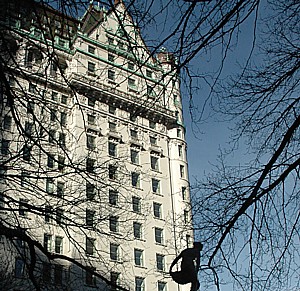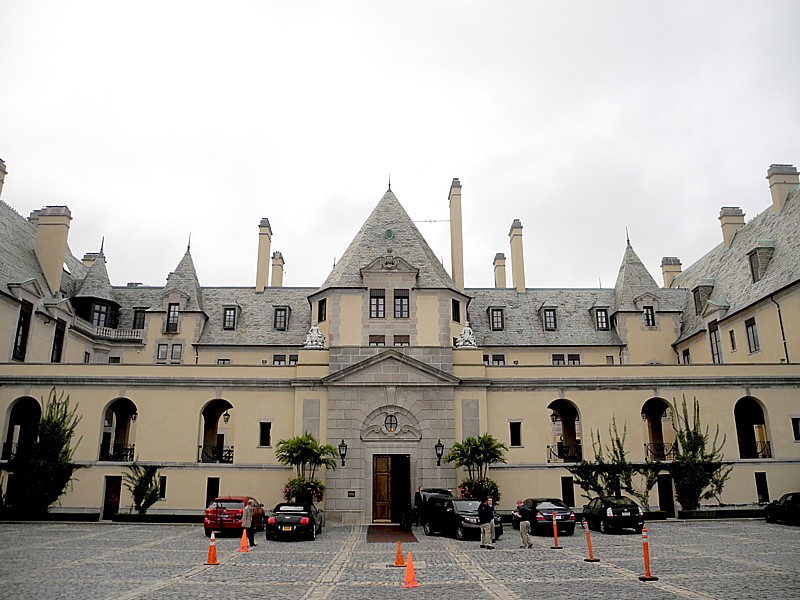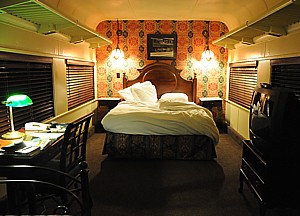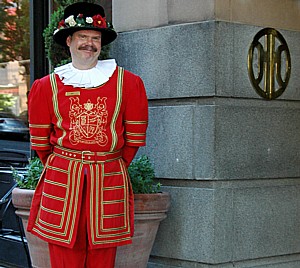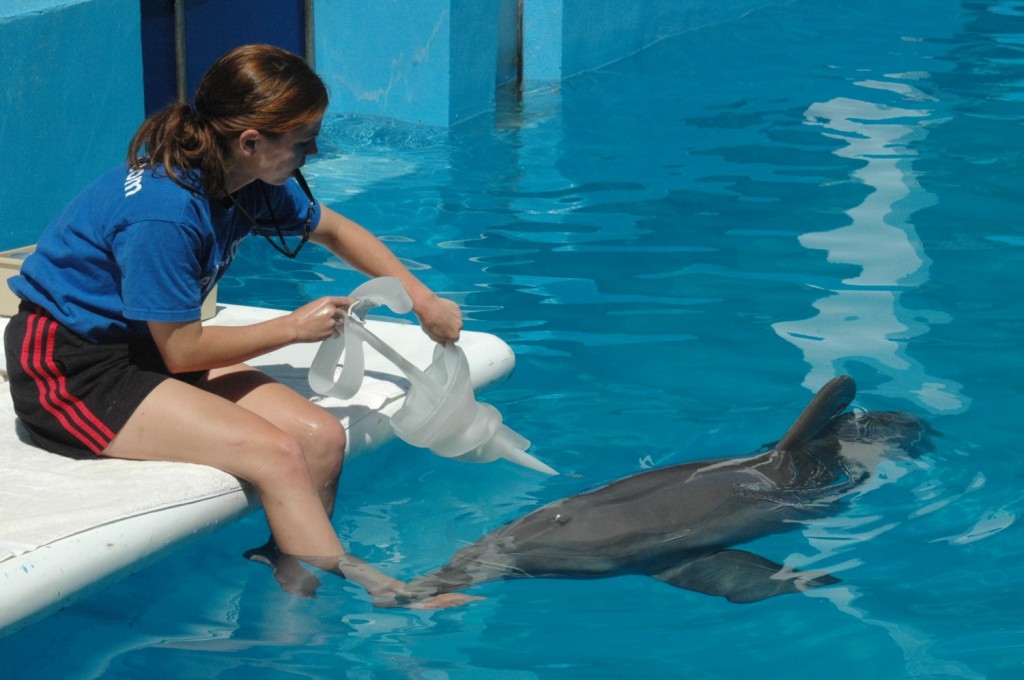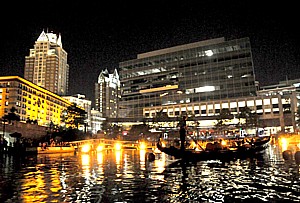
In a time when the challenges of air travel only seem to become more complex and automobile travel more frustrating, the allure of train travel grows. Trains are easy on/off, allow continual WiFi use, have excellent on-time performance, and are affordable.
And now, you can reach one of the most sensational getaway destinations on the planet via passenger rail: Amtrak to Rhode Island.
Amtrak services Rhode Island via two routes: The high-speed Acela travels daily between Boston, New Haven, New York, Philadelphia, Baltimore, and Washington DC. The Northeast Regional includes those cities as well as smaller stations such as Kingston, RI, in the southern half of the state, close to the beaches and Newport.
Once in Rhode Island, the Rhode Island Public Transit Authority’s system of trolleys and buses makes navigating the entire state a breeze, especially the cities of Providence and Newport (see bus directions below to each destination) – not to mention superb biking (one of our favorite bike trails is the East Bay, which goes from Providence 14.5 miles, hugging the shores of Narragansett Bay to Bristol).
And Rhode Island’s great fall festivals and foliage excursions make visiting at this time of year all the more memorable. The great food scene here, from high-end, nationally-award-winning restaurants to waterside seafood shacks, is allure all by itself, and will only make your stay more enjoyable, no matter what your taste.
Making Connections
Getting around Providence is a snap, not just because it’s an eminently walkable city, but because RIPTA’s system of tourist-friendly public transportation is fantastic. RIPTA’s hub is located in Kennedy Plaza in the center of downtown Providence, a 5 minute walk from the train station. Check out the dozens of routes at www.ripta.com.
Getting to Newport is even easier. Regular bus service runs between Providence, Kennedy Plaza and Newport’s Gateway Center. Buses leave every 30 minutes.
Once in Newport getting around via public transportation is easy too! Newport’s public transportation hub is the Visitors Information Center at 23 America’s Cup Avenue in downtown Newport. RIPTA provides trolley and bus service to attractions throughout Newport, including the mansions, Cliff Walk, Beaches, Fort Adams, Downtown Newport, the Gateway Center, and more. Van/car service is available from the Kingston station to Newport. Call (401) 295-1100 for information and reservations (required).
Riders can buy a day pass or pay as they go directly from the bus driver. RIPTA riders pay just $2 for all-day parking at the Visitors Information Center and receive discounts to many area attractions, including mansion and harbor tours. For more information call: 401-781-9400 or log on to RIPTA.com or see specific schedules here:
Route 60 (Providence/Newport)
Route 63 – Purple Line (Broadway/Middletown Shop)
Route 64 – (Newport/URI/Kingston Train Station)
Route 67 – Yellow Line (Bellevue/Mansions)
Not-to-Miss Fall Festivals and Events
Rhode Island Chinese Dragon Boat Races and Taiwan Day Festival (Sept. 6): The Blackstone Valley is one of the few places outside of China where you can experience these authentic and beautiful wooden dragon boats, made and shipped from Hong Kong, race. Boat crews consist of a drummer and 20 paddlers. The top team wins $10,000. The day also includes other festivities celebrating Asian culture. School Street Pier, Pawtucket, 401-724-2200. www.dragonboatri.com
To get there from Providence: Board Bus 11 in Kennedy Plaza towards R-Line North. The 11 departs every 20 minutes. In about 24 minutes, you’ll arrive at the Pawtucket Transit Center. Transfer to Bus 78. Travel three stops to School and Beechwood streets. Take a right and walk five minutes to the Pawtucket Boat Launch. Total travel time 40 minutes.
The 9th Annual Newport Mansions Wine & Food Festival (September 19-21): Held in one of the most spectacular settings in America, Rosecliff and Marble House mansions, this remarkable weekend experience features hundreds of wines from around the world, fabulous food, cooking demonstrations by nationally-renowned chefs, live and silent auctions and a gala celebration. www.newportmansions.org
To get there from Providence: Board Bus 60 in Kennedy Plaza towards Newport. This bus departs every 20 minutes. In about an hour and 13 minutes, get off at Marlborough and Duke streets in Newport. Walk about a minute straight ahead to the next bus stop at Marlborough and Thames streets. Board Bus 67 and ride 9 stops to the corner of Bellevue and Narragansett avenues. Exit the bus and walk 5 minutes to Marble House. Total travel time is 1 hour 37 minutes.
WaterFire Providence (Sept. 27, Oct. 11, 25): A unique and beautiful artistic installation by Barnaby Evans, WaterFire, in its 20th year, is celebrated the world over. Featuring braziers placed along the middle of the Providence River and set aflame, WaterFire features music, artistic performers, food and drink and brings both locals and visitors out to celebrate the city. www.waterfire.org. (see slideshow).
To get there: Exit the Providence Train Station and make a left onto Gaspee St. Walk one minute and take a left on Francis St. Walk three minutes to the Providence River and the first viewing point for WaterFire, which starts at sunset.
International Polo Series (Through September): This royal sport has taken Rhode Island by storm. Polo matches take place every Saturday June through September. Spectators may rent tents or bring chairs and reserve space on the grounds for picnics. Teams competing come from throughout the world. Glen Farm in Portsmouth. www.nptpolo.com
To get there from Providence: Board Bus 60 in Kennedy Plaza towards Newport. This bus departs every 20 minutes. In about 55 minutes, exit the bus on East Main Rd opposite the corner of Glen Rd. Cross the street and walk about 10 minutes to Glen Farm Rd. and make a right. The polo fields will be 5 minutes down on your left. Total travel time is 1 hour 13 minutes.
The Jack O Lantern Spectacular at Roger Williams Park Zoo (Oct. 2-Nov. 2): This annual festival features 5,000 artistically and intricately-carved pumpkins in all shapes, sizes and themes. Set along the pathways that lead throughout the Zoo, the lit-from-within pumpkins draw as many as 100,000 visitors for a part-beautiful, part-spooky celebration of the season. 1000 Elmwood Ave., Providence, 401-785-9450. www.rwpzoo.org
To get there from Providence: In Kennedy Plaza, board Bus 22 towards Providence. It will turn into Bus 20. Ride for 18 minutes to the corner of Elmwood Ave. and Carlisle St. Exit the bus here and the entrance to Roger Williams Park is directly across the street. Enter the park and walk 6 minutes to the Zoo. Total travel time is 26 minutes.
Newport’s International Octoberfest (Oct. 11-12): This bona fide Bavarian weekend bubbles over with juicy bratwursts, yodeling and folk dance performances, a rousing entertainment lineup and more. This year, there will be three Biergartens and expanded outdoor courtyard space for endless amounts of festivities. A kid-friendly Kindergarten area rounds out fall’s choice festival as a place for the whole family to sample Oktoberfest’s multitude of flavors. All held along the beautiful Newport waterfront at the Newport Yachting Center. www.newportwaterfrontevents.com/event/international-oktoberfest/
To get there from Providence: Board Bus 60 in Kennedy Plaza towards Newport. This bus departs every 20 minutes. In about an hour and 13 minutes, get off at Marlborough and Duke streets in Newport. Exit the bus and walk straight ahead two minutes to Thames St. Take a left and walk 7 minutes to the Newport Yachting Center on the right side of Thames St. Total travel time is 1 hour 24 minutes.
Bowen’s Wharf Seafood Festival (Oct. 18-19): Honoring the “harvest of the sea,” the Bowen’s Wharf Seafood Festival offers copious amounts of seafood, continuous live music, and family fun, all beneath the wharf’s colorful tents. Neighboring restaurants and fisherman’s associations serve up their most celebrated seafood dishes (lobster dinners, clam chowder, stuffed quahogs, clam cakes, shrimp, scallops, raw oysters and clams, as well as a few dishes for landlubbers and kids). Under the music tent, live music – folk, Celtic, sea shanties and blues – are just a taste of what you’ll hear. Bring your dancing shoes, because these bands promise to get your feet moving! www.bowenswharf.com/events
To get there from Providence: Board Bus 60 in Kennedy Plaza towards Newport. This bus departs every 20 minutes. In about an hour and 13 minutes, get off at Marlborough and Duke streets in Newport. Exit the bus and walk straight ahead two minutes to Thames St. Take a left and walk 5 minutes to Bowen’s Wharf, on the right side of Thames St. Total travel time is 1 hour 22 minutes.
Blackstone Valley Fall Foliage Tour (Oct. 22): One of the most unique ways to see Rhode Island’s gorgeous fall foliage. Hop aboard the Blackstone Valley’s Fall Foliage Train. On Oct. 22 at 9 am the train departs Woonsocket for a day-long excursion to Putnam CT, where you can shop for antiques and dine. One Depot Sq, Woonsocket. www.tourblackstone.com
To get there from Providence: Board Bus 54 in Kennedy Plaza towards Lincoln. After 51 minutes, exit the bus at 113 Clinton St. near the corner of High St. Cross the street and make a right and walk one minute to Depot Square. Total travel time is 56 minutes.
New and exciting places to stay
The Urban Beach House at The Attwater, Newport
The Attwater is a design-driven boutique hotel with a chic and modern edge not often seen in historic Newport. Urban Beach House rooms feature “outdoor style” showers and a “sand lounge” gathering spot in the front yard of the hotel. Top-notch amenities and stylish comfort are the order of the day. 22 Liberty St., 401-846-7444, www.theattwater.com
The Dean, Providence
A brothel-turned boutique hotel, the 52-room Dean is an urban oasis for Downcity travelers. With a decidedly cool Brooklyn vibe (it was designed by Brooklyn-based ASH NYC), the hotel merges cool (there are bunk beds) with a homegrown aesthetic (many of the furnishings and accessories are crafted by RI artists). 122 Fountain Street, Providence, 401-455-DEAN, 401-732-3100. www.thedeanhotel.com.
For further information:
Newport Convention and Visitors Bureau, 23 America’s Cup Avenue, Newport, RI 02840, 401-845-9151, 800-326-6030, www.gonewport.com.
Providence Warwick Convention & Visitors Bureau, 144 Westminster St., Providence, RI 02903, 401-456-0200, www.GoProvidence.com.
Rhode Island Tourism Division, 315 Iron Horse Way, Suite 101, Providence, RI 02908, 800-556-2484, www.visitrhodeisland.com.
See also:
Cocktail Culture, Culinary Arts, WaterFire spice up summer visit to Providence and slideshow
Newport’s Gilded Age Mansions Provide Narrative to Women’s Rights Movement
For more travel features, visit:
www.examiner.com/eclectic-travel-in-national/karen-rubin
www.examiner.com/international-travel-in-national/karen-rubin
travelwritersmagazine.com/TravelFeaturesSyndicate
goingplacesnearandfar.wordpress.com
moralcompasstravel.info
‘Like’ us on facebook.com/NewsPhotoFeatures
Twitter: @TravelFeatures
